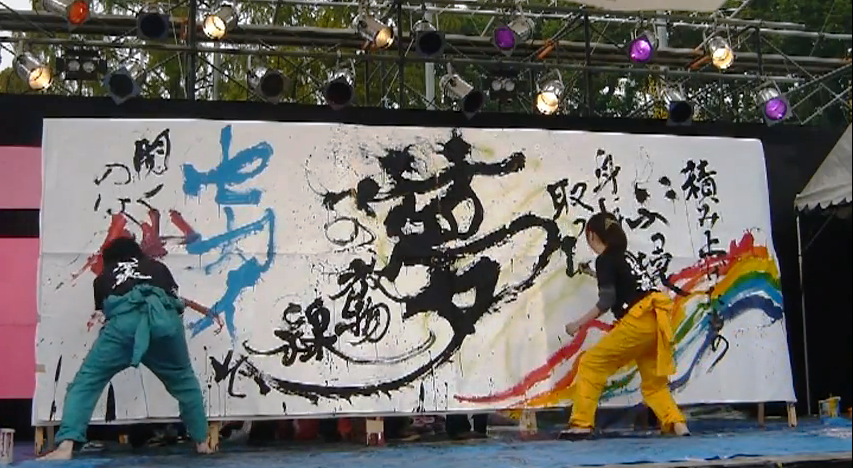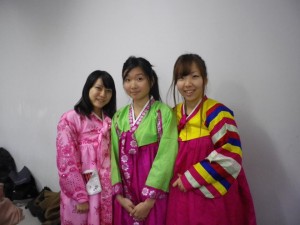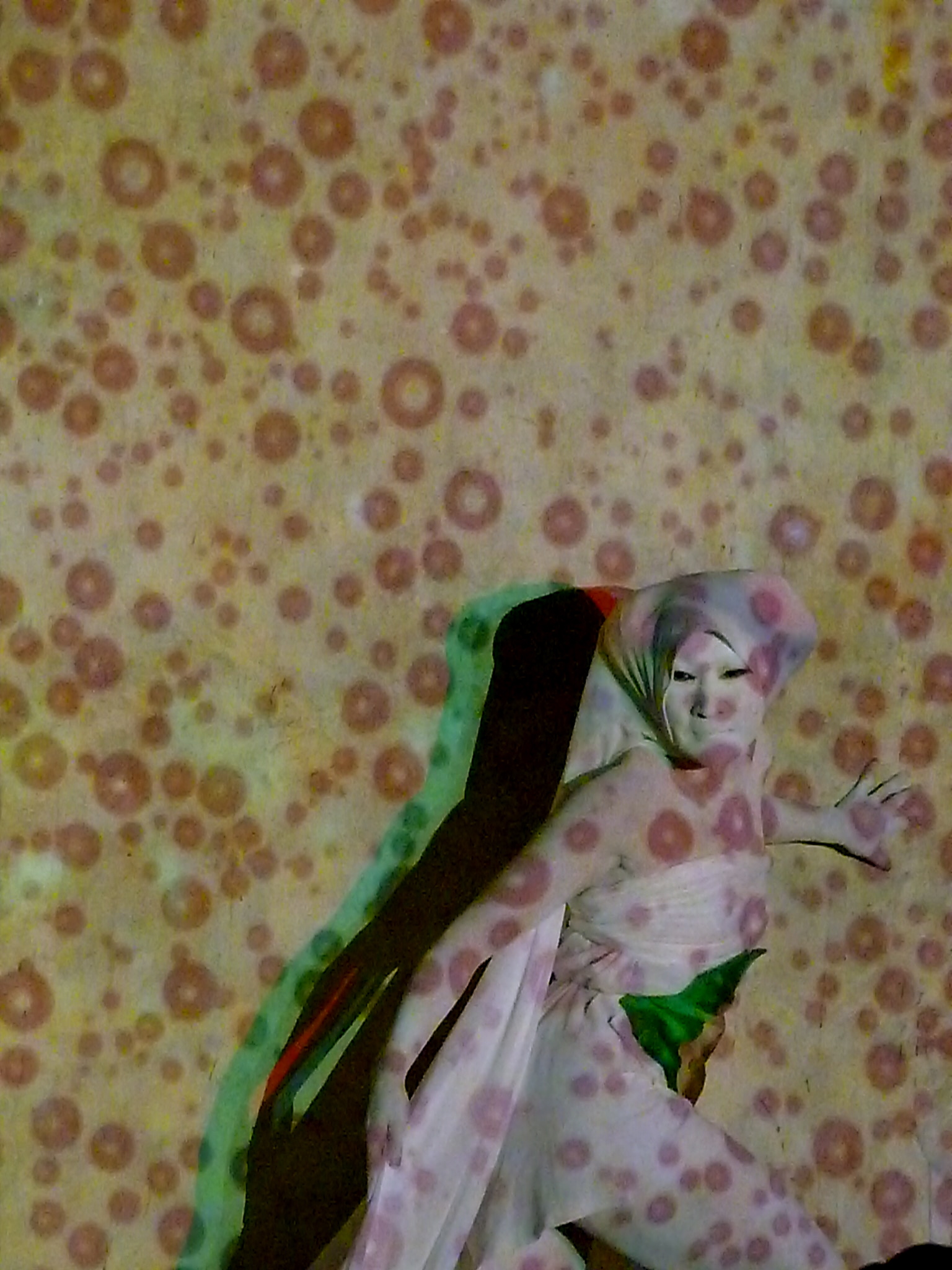This semester I participated in primarily two CIP activities: volunteering at Kyoto University Hospital with the Nico Nico Tomato group which supports hospitalized children by creating crafts and fundraising activities; and I participated in the activities held by Doshisha Exchange Student Association (DESA).
The members of the Nico Nico Tomato group are primarily comprised of thirty to fifty year old women. Because of that composition, I learned a little more about the lives of housewives. Reading from academic text about modern Japanese life styles, I have learned that in Japanese culture, after females get married, they become full time housewives, with the primary role of taking care of the family and raising children. In other words, children in Japan are spoiled with love from mothers. Volunteering with eight to ten female volunteers, I get to see a part of how loved Japanese children may be through the time consuming and heartfelt crafts that these female volunteers design and craft. Each craft takes a lot of time and effort to create, and although the children whose age are young may only appreciate the craft for a minute or two, as part of the crafting team, I can feel the amount of love poured into making the craft. From this volunteer experience, I was able to experience how the life of a housewife might be outside of the family. The female volunteers spent about three days a week volunteering and spend a lot of time together, as if that is their equivalent of a college club. The only difference between this group and an actual college group is the members’ use of formal language. While members uses formal speech and often utilize the Kansai keigo “haru”, the most senior member of the group uses Kansai dialect in her speech. As a study abroad student, I often do not understand what they are speaking of and sometimes do not have interest or any comments on their personal lives. However, they are very interested in the student abroad students and often ask questions regarding other countries.
Joining DESA has definitely been a great experience. DESA has events every week, so I was able to go explore Kyoto or have dinner with some Japanese students along with other students who are on study abroad. I have met some really nice students from Stanford University, and some really friendly Doshisha students. DESA normally offers 500yen discounts to study abroad or exchange students, so it may be a good deal some time. On the other hand, I think it is important to invite the Japanese students to have dinner or lunch once in a while because the more you invite them to events, the more likely it is that they invite you to their hangouts. My most memorable trips have been the Nara Mountain Night Fire trip and Takoyaki party that was held by some members of DESA. Facebook is also really helpful to invite people to events without directly asking them to join in your event. Most members are also willing to respond to you in Japanese if you decide to speak to them in Japanese. I think it is possible to become really good friends with some members of DESA, but because many Doshisha students are away during KCJS Spring semester, and because I have been busy with a lot of summer applications this Spring, I was not able to attend all of the DESA events as of yet. However, I cannot think of any negative aspects to joining the group except for the fact that if it might cost some money every week. Comparing this experience to my volunteer group, DESA members do not question how life is in other countries because I think they are more interested in the individual than the works of other countries because such things can easily be searched online.



